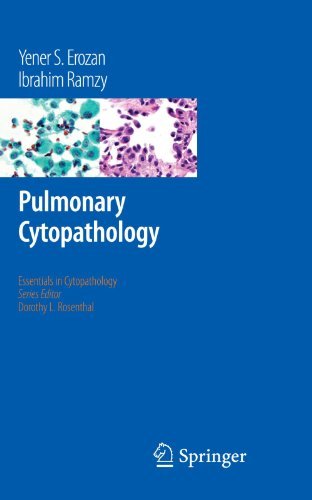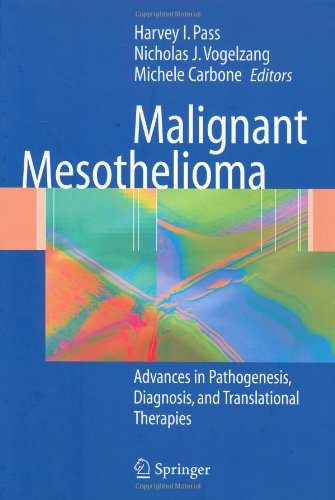Cardiogenic and noncardiogenic pulmonary edema each supervene in increased extravascular lung water, and each may outcome in respiratory failure. Given the differences in pathophysiology, it is not surprising that the clinical manifestations are very discrete within the two syndromes.
Elevated Transmural Stress Pulmonary Edema (Cardiogenic Pulmonary Edema):
Early raises in pulmonary venous stress may be asymptomatic. The affected individual might consideration only mild exertional dyspnea or a nonproductive cough stimulated by activation of irritant receptors coupled with C fibers.
Lung Aspiration
Orthopnea and paroxysmal nocturnal dyspnea occur when recumbency causes redistribution of blood or edema fluid, usually pooled in the lower extremities, into the venous circulation, thereby expanding thoracic blood volume and pulmonary venous pressures. Clinical signs start using the accumulation of interstitial fluid. Physical exam may review a third heart sound, but there's a paucity of lung findings in purely interstitial edema.
Pulmonary Cytopathology (Essentials in Cytopathology) Best
Rate This Product :

Pulmonary Cytopathology (Essentials in Cytopathology) Overview
This volume will focus on pulmonary cytopathology and be published in the Essentials in Cytopathology book series which will fulfill the need for an easy-to-use and authoritative synopsis of site specific topics in cytopathology. It will focus on current specimen collection and preparation techniques as well as assessment of specimen adequacy and reporting of cytopathologic findings. Presentation of the cytopathologic features and differential diagnoses for benign and malignant diseases of the lung, as depicted in exfoliative, abrasive and fine needle aspiration specimens will be explored. Each disease entity will be discussed with illustration of the spectrum of changes, differential diagnoses and pitfalls.Pulmonary Cytopathology (Essentials in Cytopathology) Specifications
This volume will focus on pulmonary cytopathology and be published in the Essentials in Cytopathology book series which will fulfill the need for an easy-to-use and authoritative synopsis of site specific topics in cytopathology. It will focus on current specimen collection and preparation techniques as well as assessment of specimen adequacy and reporting of cytopathologic findings. Presentation of the cytopathologic features and differential diagnoses for benign and malignant diseases of the lung, as depicted in exfoliative, abrasive and fine needle aspiration specimens will be explored. Each disease entity will be discussed with illustration of the spectrum of changes, differential diagnoses and pitfalls.Customer Reviews
*** Product Information and Prices Stored: Jan 01, 2012 06:28:17
The earliest sign is frequently a chest radiograph showing an heighten in the caliber of the upper lobe vessels ("pulmonary vascular redistribution") and fluid accumulating within the perivascular and peribronchial spaces ("cuffing"). It may also show Kerley B lines, which relate fluid within the interlobular septa.
Pulmonary compliancy falls, and also the inpatient starts to breathe more rapidly and shallowly to minimize the elevated elastic function of breathing. As alveolar flooding begins, there are added decreases in lung volume and pulmonary compliance. With some alveoli filled with fluid, there's an heighten within the fraction of the lung that's perfused but poorly ventilated. This shift toward reduced / ratios brings about an heighten in A-a Po2, if not frank hypoxemia.
Supplemental oxygen corrects the hypoxemia. The PaCo2 is normal or reduced, reflecting the increased drive to breathe. The inpatient may turn out to be sweaty and cyanotic. The sputum might display edema fluid that is pink from capillary hemorrhage and frothy from protein. Auscultation reveals inspiratory crackles chiefly at the bases, exactly where the hydrostatic pressure is greatest, but potentially all straight through both lungs. Rhonchi and wheezing ("cardiac asthma") might occur. The radiograph shows areas of alveolar flooding.
Increased Permeability Pulmonary Edema (Noncardiogenic Pulmonary Edema):
Probably the most tasteless form of increased-permeability pulmonary edema is Ards. Ards is the final typical pathway of a quantity of discrete serious curative conditions, all of which lead to elevated pulmonary capillary leak.
The range of clinical presentations includes all the diagnoses in the adult Icu, such as sepsis, aspiration of gastric contents, pneumonia, and pancreatitis. Nevertheless, there are scientific observations that mirror the pathophysiology. After the introductory insult (eg, an chapter of high-grade bacteremia), there is usually a duration of stability, reflecting the time it takes for numerous immunologic mediators to harm the pulmonary capillary integrity.
Surfactant is inactivated, traditional to a necessary increase in face military and markedly reduced pulmonary compliance. For that first 24-48 hours after the insult, the affected individual might taste elevated function of breathing, manifested by dyspnea and tachypnea but without abnormalities in the chest radiograph. At this early stage, the elevated A-a Po2 reflects alveolar edema and / mismatching and is corrected by increased FiO2 and increased diminutive air flow.
Pathologically, there's alveolar edema, hemorrhage, and atelectasis. The clinical photo may enhance, or there might be a added fall in compliancy and disruption of pulmonary capillaries, prominent to areas of true shunting and refractory hypoxemia. The aggregate of increased function of breathing and progressive hypoxemia ordinarily requires mechanical ventilation.
Alveolar filling with inflammatory fluid leads to decreased efficacy of surfactant and elevated atelectasis. This procedure, which leads to decreased lung compliancy (ie, stiffer lungs), is heterogenous and might increase ventilation/perfusion imbalance. The higher pressures required to ventilate these sufferers might overdistend normal alveoli and decrease blood flow to areas of adequate air flow.
Hypoxemia can be profound, and hypercapnia due to growing dead space ventilation might ensue. Radiographically, there might be diffuse alveolar infiltrates or "whiteout" of the lungs, representing diffuse confluent alveolar filling. Pathologically, diffuse alveolar harm (Dad) is observed, characterized by inflammatory cells and also the formation of hyaline membranes.
The mortality rate is 30-40%. Most patients die from some complication of their presenting illness, not from refractory hypoxemia. Of those who survive, most will recover near-normal lung function, but their recovery might be prolonged to 6 or even 12 months. A necessary estimate will design new reactive airway illness or pulmonary fibrosis.
Clinical Manifestations of Pulmonary EdemaDynaCT C-arm in Motion Tube. Duration : 0.20 Mins.The latest in fluoroscopic lung biopsy performed by Drs. Kane and Lebowitz, utilizing DynaCT and fluoroscopic.
Keywords: dynact, Lung, Biopsys, squirerad







